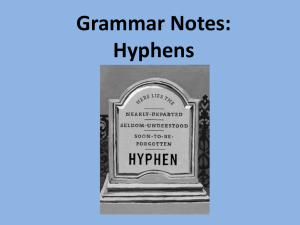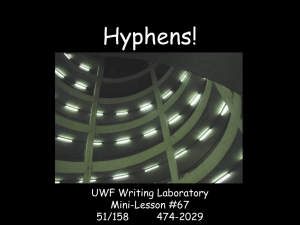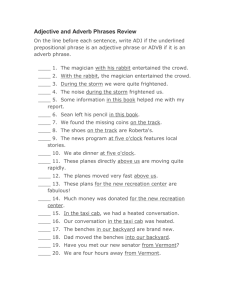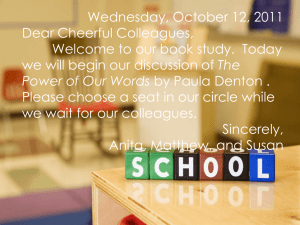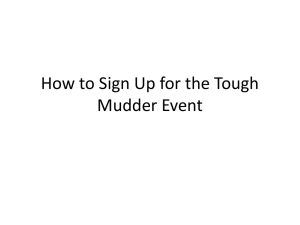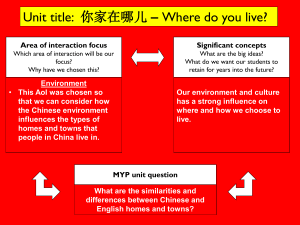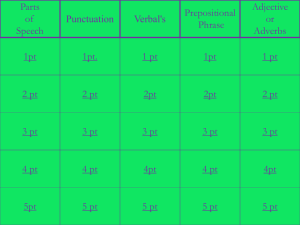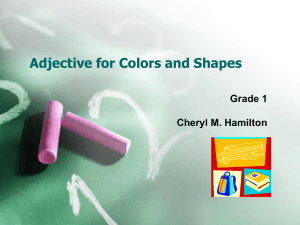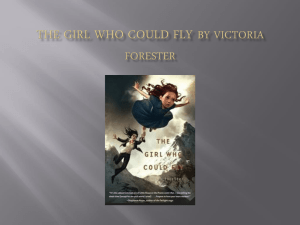What are Smiley-face Tricks? Based on the work of Mary Ellen
advertisement
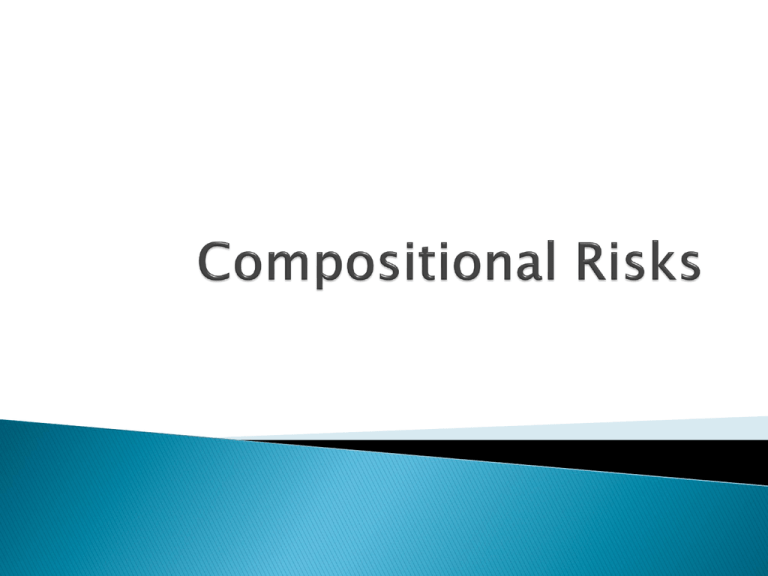
Smiley-face tricks are a fun way to get you to think and write more creatively. “She was angry at her sister.” becomes …… “She was so angry at her sister for not helping her with her math homework that she grabbed her sister’s geometry homework, crumpled it into a ball, and slam - dunked it in the trash!" Three examples in a series can create a poetic rhythm and add support for a point, especially when the three items have their own modifiers. “Elizabeth was a beautiful princess. She lived in a castle and had expensive clothes. She was going to marry a prince named Ronald. Unfortunately, a dragon smashed her castle, burned all her clothes with his fiery breath, and carried off Prince Ronald. --The Paper Bag Princess The fear of completing the Tough Mudder followed me everywhere, weighed on my mind, and taunted my self-esteem. Non-literal comparisons add “zing” to our writing and can help paint a more vibrant picture for the reader. Some examples are similes, metaphors, hyperbole, onomatopoeia, personification, alliteration, assonance, etc. “When the sky is full and singing with stars you know that twilight has given way ....” Twilight Comes Twice by: Ralph Fletcher With the ferocity of a lion, I committed to overcoming the Tough Mudder. By connecting two or more adjectives together with a hyphen, it imparts an air of creativity and cleverness to our writing. Sometimes a new way of saying something can make all the difference; hyphenated adjectives often cause the reader to “sit- up and take notice.” I gave Mrs. Elias that are-you-kidding-me-youhave-to-be-crazy look. (The phrase with hyphens acts as an adjective to describe the word “look.” You do not need a hyphen between the adjective and word you are describing.) I resolved to give the Tough Mudder my I-gotthis-no-problem effort. (The phrase with hyphens acts as an adjective to describe the word “effort.” You do not need a hyphen between the adjective and word you are describing.) My dog’s faster-than-lightning the squirrel in the backyard. sprint scared (The phrase with hyphens acts as an adjective to describe the word “sprint.” You do not need a hyphen between the adjective and word you are describing.) Repeat an important word, phrase etc. to stress its importance. Use this trick to get your readers’ attention. EXAMPLE: Today I wore a red hat, not just any red hat, the red hat from my grandma, not just any grandma, my grandma. Preparation: Write descriptive words for how a pillow feels – i.e. fluffy, puffy, billowy, cushiony, etc. Activity: What other imagery words can you add. Write down 5 words that describe the feeling of mud. Share and list on the board. Follow-up: How do the words convey the feeling of things. Dog at a Park Sight: pink tongue, dark, almond-shaped eyes, small & brown animals, twitching ears Touch: soft fur, heaving sides Smell: soft wind blowing Taste: Sound: high-pitched sounds only dogs can hear Example of an expanded moment “I watch Georgia run through Thompson Park… I am out of breath when I finally catch up with her. I run my hand along her back, soft as a feather pillow. I pat her heaving sides and scratch her ears, but she hardly acknowledges my presence. I command her to sit, and she does so, but her mind is elsewhere. Her ears twitch as she tunes in to the sounds that I cannot hear. Georgia strains to catch the slightest whisper in the air. Her pink tongue pulses from her lips. Her dark, almond-shaped eyes… are fixed on something small and brown. And then suddenly she is off, lickety-split, on another wild goose chase.” (At the Park with Georgia) Every new word increases a writer’s power. Try to keep vocabulary natural. A thesaurus can be a good friend to a writer, but only if it is used sparingly and with thought. Writing works best with specific words that are carefully chosen to create a vivid picture in the reader’s mind. Play around with the words until they sound good. Don’t say, “The dog was big and mean.” SHOW DON’T TELL! Say……. (Now you try it!)
